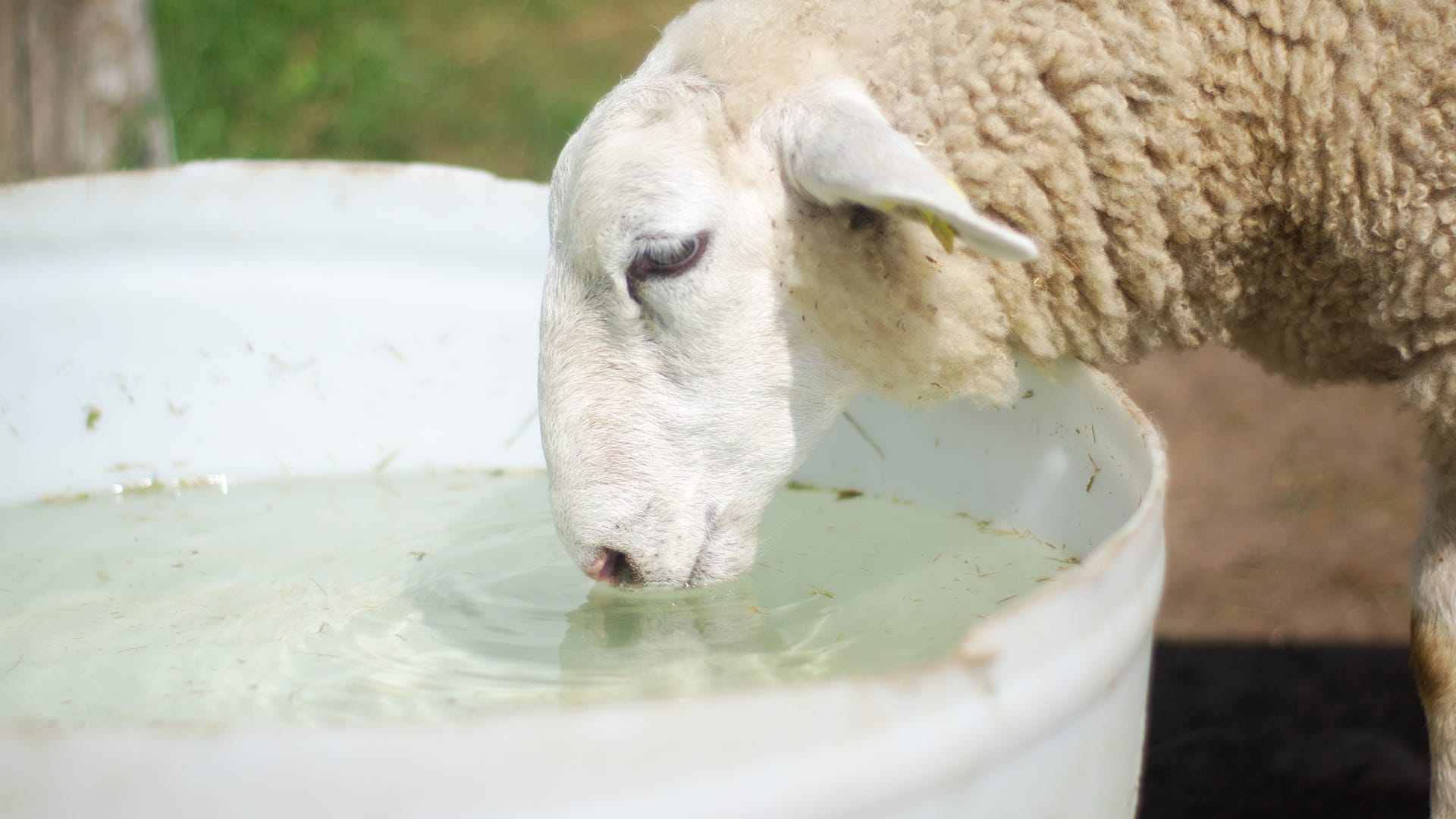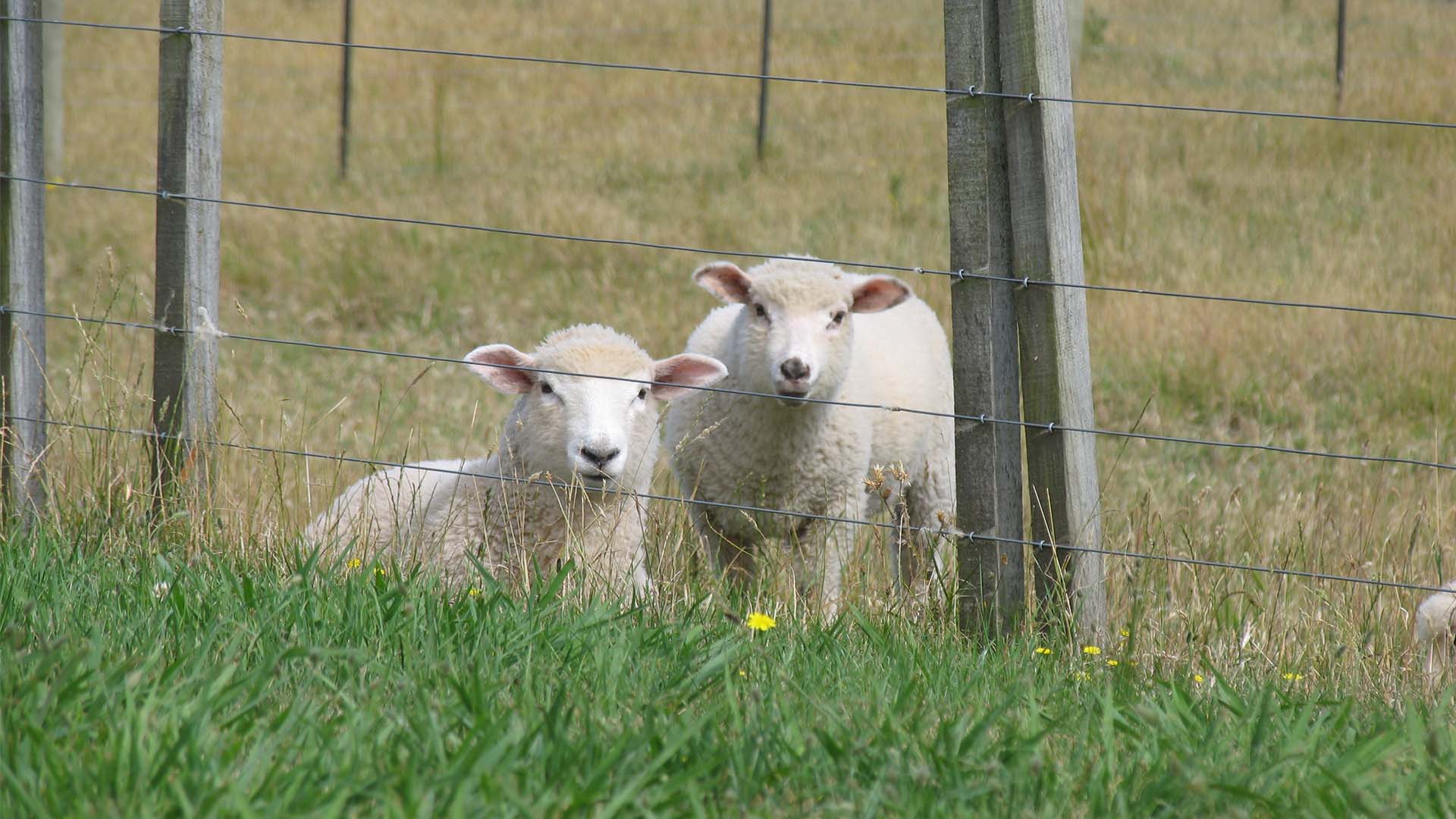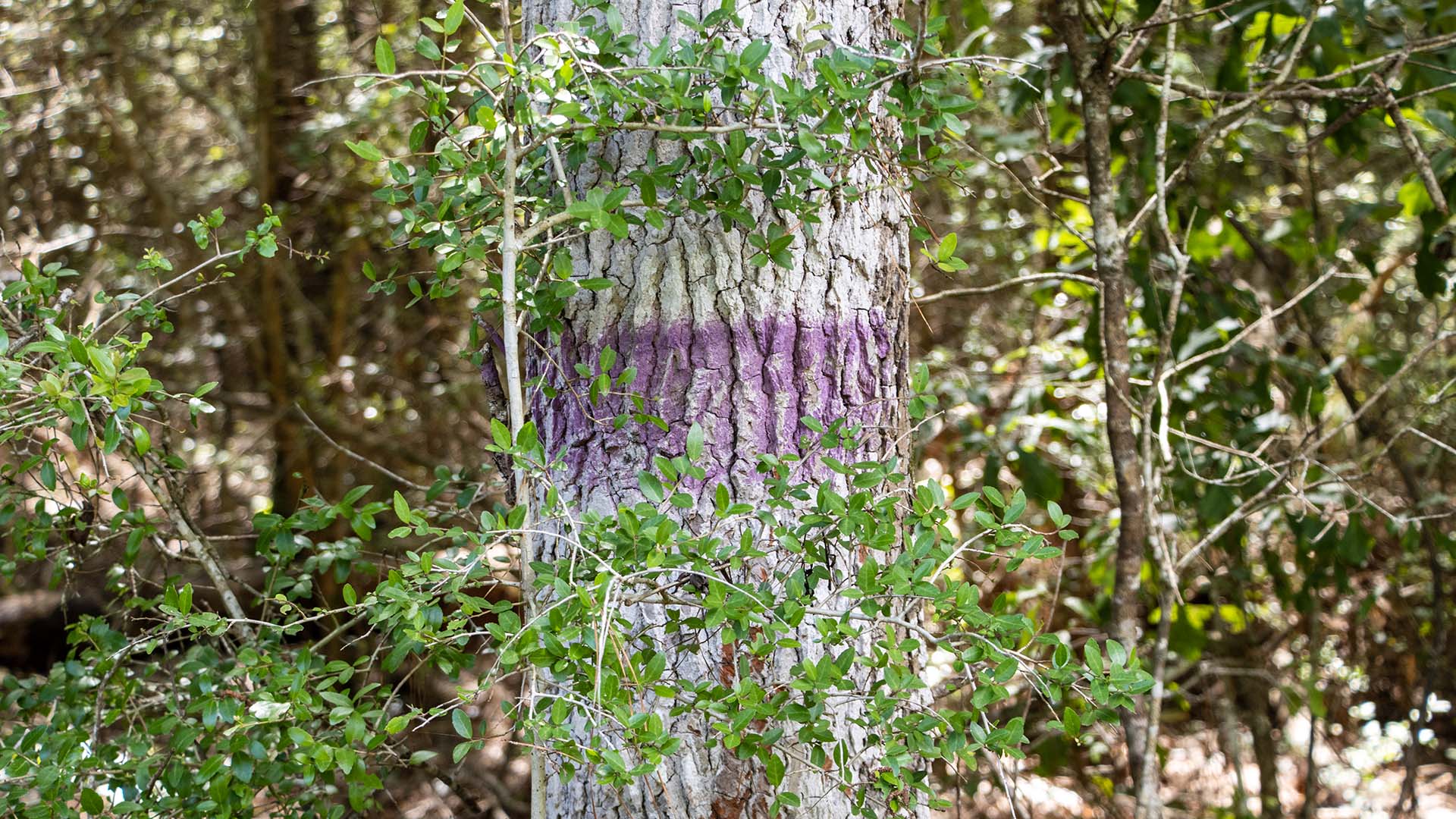
You're not the only one that feels the summer heat beating down in the summer, taking the energy out of you. Animals feel this too, and they can get heat exhaustion just like us. It's usually caused by working outdoors on farms or running around and playing in extreme heat. Common livestock animals that experience heat exhaustion include pigs, horses, cows, and goats. Each animal has different ways of showing their heat exhaustion but have similar treatments. Learn about the warning signs of heat exhaustion in animals, along with treatments.
Heat Exhaustion Signs by Animal
Each animal has their own signs and symptoms that indicate that they might be experiencing heat exhaustion. It's important to be on the lookout for atypical behaviors in your animals to help you determine if something is seriously wrong with them. Here is a breakdown of individual animal behaviors that might be the result of heat exhaustion:
- Pigs – Signs of heat exhaustion in pigs include open-mouth breathing (panting), vocalization, blotchy skin, stiffness, muscle tremors, and a reluctance to move. They will also reduce the amount of food they are consuming to slow the internal heat that is produced by digestion.
- Horses – With horses, signs of heat exhaustion can be shown by restlessness, rapid pulse/breathing, increased sweating, excessive salivation, redness of tongue and the oral area, high body temperature, and muscle spasms. In some cases, they might want to roll or throw themselves on the ground.
- Cows – Signs of heat exhaustion in cows begin with open-mouth breathing and slobbering. They will start trembling while losing their coordination. If they end up going down, they will most likely not get up, so it is best to try and avoid heat exhaustion.
- Goats – Heat exhaustion in goats is shown by continual panting, rapid breathing, weakness, and an inability to stand. In some cases, goats won’t be able to walk or get up.
By knowing your animal's normal behavior, it becomes easier to spot abnormal behavior in your livestock that might indicate that something isn’t quite right. Once you start noticing any of the behaviors from above, you should treat your animal as soon as possible.
How to Treat Livestock for Heat Exhaustion
Just like how each animal has specific signs of heat exhaustion, they also have unique treatments that try to target lowering their temperatures. The sooner that you catch the signs of this condition and attempt to treat it, the better off your animal will be. Here are some things you can do when your animal starts to experience heat exhaustion.
- Pig – If these symptoms appear among your pigs, gently sprinkle cool water on their bodies. Avoid dumping a large amount of water or it may send the pig into shock. You could also use a wet towel on the neck and back of the pig to help cool down the animal. In more severe cases, feed electrolyte rebalancing solution to them.
- Horses - To treat a horse from heat exhaustion, apply cold water to the skin. In extreme cases, adding ice to the water can help. Fanning the horse and guiding it to a shady area will also help the animal cool off. If you walk the horse in circles in the shady area, the air will move against their skin, creating a breeze and bringing down their temperature.
- Cows – Hosing down the animal with cold water continuously head to toe while paying more attention to the back of the head can help bring the animal's temperature down. Bringing them into shade and giving them cool water can also help lower their temperatures.
- Goats – Bring the goat into the shade and spray their coat with water. Make sure the water isn’t too cold because it could cause them to go into shock. Focus on spraying their head, legs, and stomach. Bringing these animals into shade, or even an air-conditioned place, can help them greatly.
Treating heat exhaustion in animals is much harder than preventing heat exhaustion – which is why it’s so important to take care of your animals in advance and take precautions against it.
How to Avoid Heat Exhaustion
When it comes to preventing and avoiding heat exhaustion, it’s universal for all livestock. One of the most important things to make sure that your animal doesn’t experience heat exhaustion is to provide clean, cool water. Make sure that the water is being refilled and changed daily. Hydration is not only important for these animals to survive, but on hot days it will help them regulate their body temperatures.
Make sure that your pasture has shade. By providing trees or a roof over a certain spot, they’ll have adequate shade which can help them significantly in the summer months. After they eat, cattle and other livestock like to rest as their food digests. Digestion also requires energy and causes their temperature to rise, so by providing shade you can help them regulate their temperatures easier.
Avoid handling, transporting, moving, or processing cattle on warmer days. By stressing the animal out, there is a chance that their temperature will raise under the anxiety. If you must move your livestock, do it in the early mornings when it’s still cooler out. Plus, having animals crowded together in tight spaces only encourages more heat.
Proper ventilation is important inside an enclosed barn or building. Using fans to move air through and out the building, opening sides of the barn doors, or providing access to outdoor areas with shade can help make sure that the animals are getting enough air, and have the capabilities of cooling themselves off.

Want To Learn More?
During those hot, long summer days when you’re enjoying your air-conditioning, be sure that your livestock is also being properly cared for in the heat. If you are interested in learning more tips for caring for livestock or sharing your stories, join us on our Facebook Page. To be one of the first people to get latest deals and newest product information for Zareba®, sign up for our e-newsletter!



